Xtool X100 Pad3 Key Programmmer
which is called X100 PAD Elite too, is a professional tablet key
programmer which not only provides customers with key programming, but
also supplies advanced special functions including Key programming,
oil service light reset, timing belt service light reset, tire pressure
warning light reset, EPB reset, throttle body reset, DPF reset, battery
reset, steering angle calibration and OBD-II engine diagnosis, etc
Multi-Language: English, Spanish, French, Russian, German, Polish, Portuguese
XTOOL X100 PAD3 Functions:
* Key programming
* Oil Reset/Engine oil light reset
* Odometer Adjustment
* Tire Pressure Warning Light Reset (Manual Operation)
* Timing belt light reset (Manual Operation)
* EPB Electrical Parking Brake Adaptation
* TPS Throttle Body Adaptation
* Steering Angle Calibration
* Battery Reset
* PIN Code Reading
* Hexadcimal editor(Win Hex)
* OBDII Diagnosis
* INJ Code
* Support the latest vehicles with CAN BUS and UDS protocol
* Update Via WIFI (always equip your device with the latest software)
*More....
XTOOL X100 PAD3 Key Programming Features:
1.New keys programming
2. PIN Code reading with EEPROM
3.Hexadcimal editor(Win Hex)
4.Reads keys from immobilizer's memory
5.New immobilizer programming
6.Vehicle Identification Number programming
7.Reset ECM & reset immobilizer
8.New remote controller programming
9.With full and strong database for the most important vehicle makes
How to use Xtool X100 PAD 3 tablet?
After
the X100PAD3 mainframe is connected to the vehicle via main test cable,
Immobilization can be performed. The Immobilization interface is shown
as below:
Xtool X100 Pad3 lists mileage adjustment separately. The Dashboard Recovery interface is shown as below:
Users can choose the relevant menu for the vehicle being tested:
selection for Europe will enter the European cars menu, selection for
Asia will enter the Asian cars menu, selection for America will enter
the American cars menu.
Besides the usual system diagnostic functions, XTOOL also has developed
a series of special diagnostic functions for certain vehicles as
follows:
Test Functions: it can read and clear faults codes for all systems of vehicles.
Using
BMW as an example, select Common Diagnosis, then select EUROPE. Choose
the BMW word. If the word is not showing on the screen, please swipe up
or down to display it.
PLEASE NOTE: Different vehicles have different menus and systems.
Common main function menu includes the following options:
Read ECU: This function is to read the ECU version information, which is the equivalent of “System Identification” or “System Information” in some electronic control systems.
This will allow you to read ECU related software and hardware versions, models and production date of diesel engine, part number, etc.
Read DTCs: read the trouble codes that are stored in the ECU.
Clear DTCs: clear current and historical trouble codes memory in ECU. The trouble codes can not be erased without eliminating the fault that the code relates to. TIP: Save or print the currently stored fault codes before clearing them to provide help in the case of an intermittent fault.
After clicking the data record button the second time the data feedback
page will appear as shown below, showing diagnostic software version,
vehicle being tested, and the steps performed in the diagnostic process.
Users can then enter the nature of the problem and any other relevant
information and send the form to the Xtool engineering department.
. Read ECU
This function is used to read ECU version information, which is the equivalent of
“System Identification” or “System Information” in some electronic control systems.
This will allow you to read ECU related software and hardware versions,
models and production date of diesel engine, part number, etc. shown
below:
Read DTCs
Select Read Fault Codes to read the trouble
codes stored in the ECU. The screen will show the trouble codes and
their definition, shown below:
Tip: In the process of diagnosis, if the device shows “System is OK” or
“No Trouble Code”, it indicates that the ECU has not detected a fault
in any of the circuits that it monitors. If there is a fault which is
not being recorded it may be that the fault is with a part of the system
not under the control of ECU, such as a mechanical system fault. It is
also possible that the signal of a system sensor may be incorrect but
still within the ECUs stored limits, this can be verified in Live Data.
Clear DTCs
Return to the previous step, select Clear Fault Codes to clear the
current and historical trouble codes memory in ECU. Performing this
function will clear all the current and historical trouble codes. Please
ensure that the trouble codes have been recorded before clearing, shown
below:
Click YES to confirm the operation, if the communication is normal, it
will show “Trouble Codes has been Cleared Successfully” or “Trouble
Codes Cleared”. Generally, users will need to re-read trouble codes
after clearing them to confirm that the trouble codes have been cleared.
Enjoy!
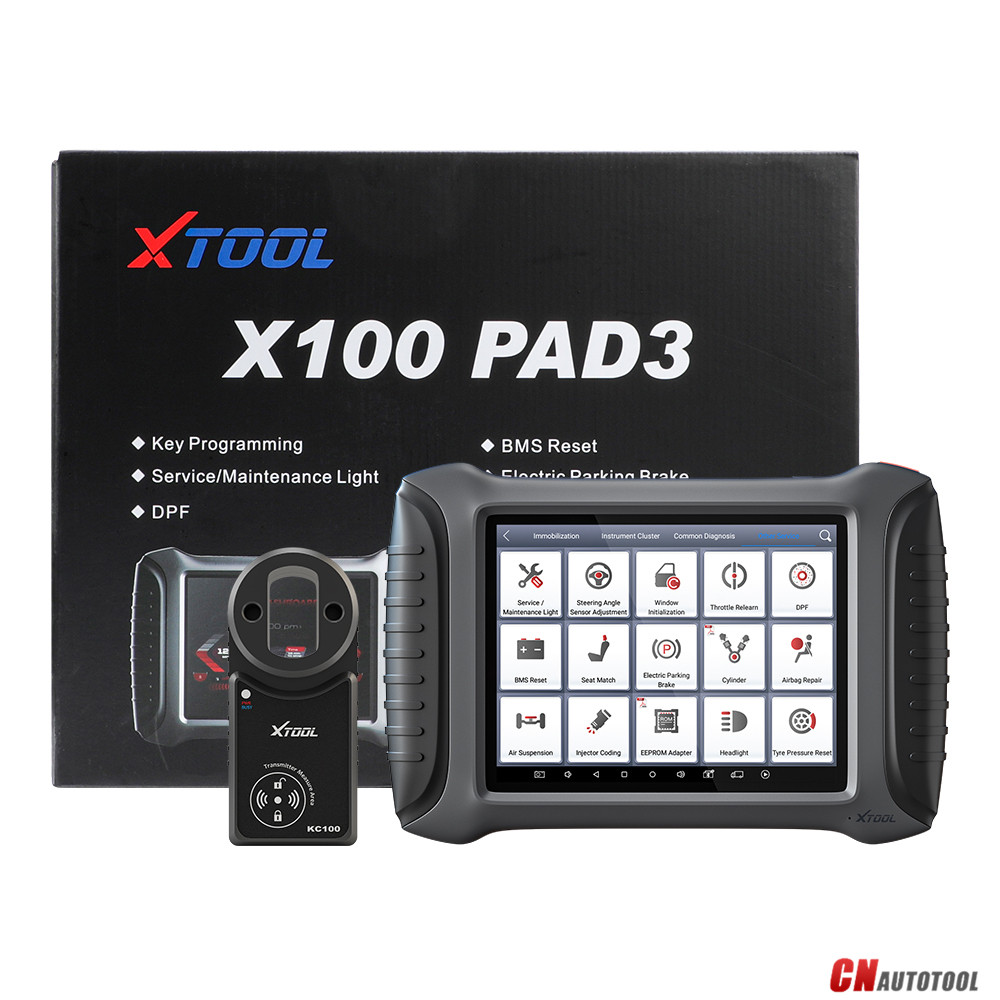
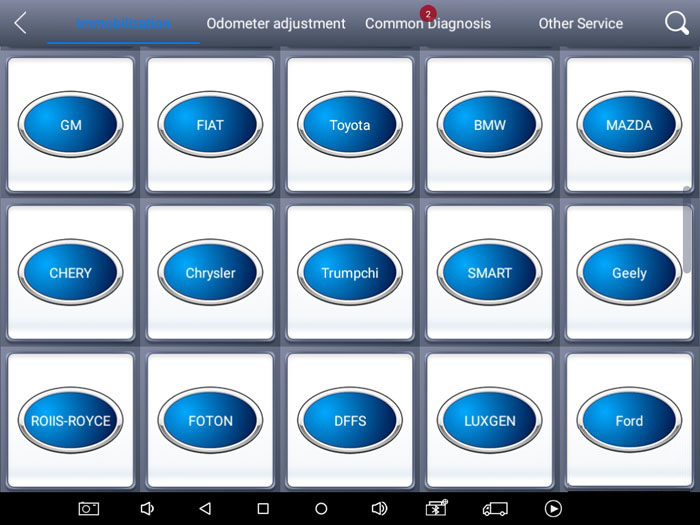
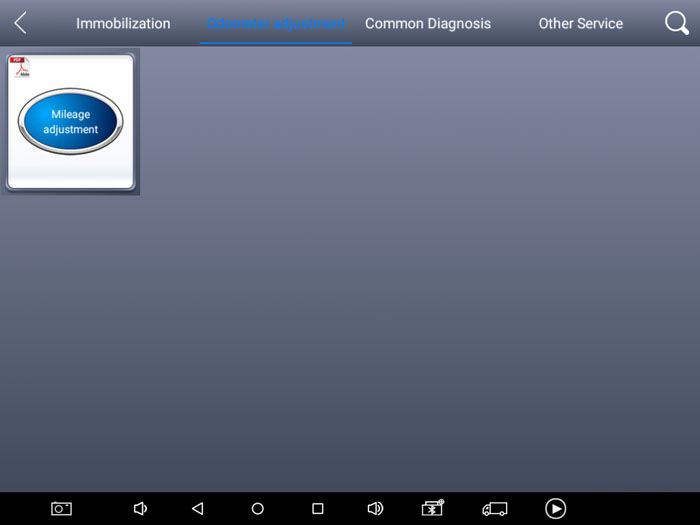
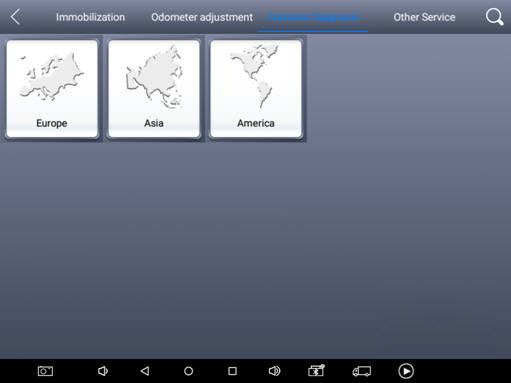
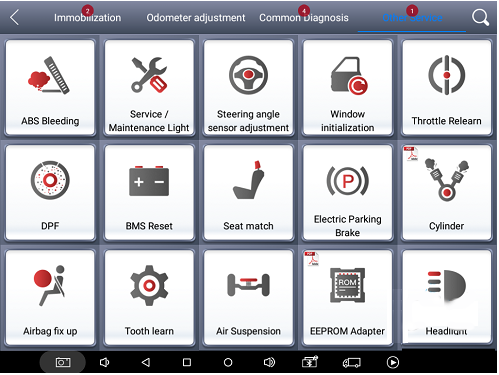
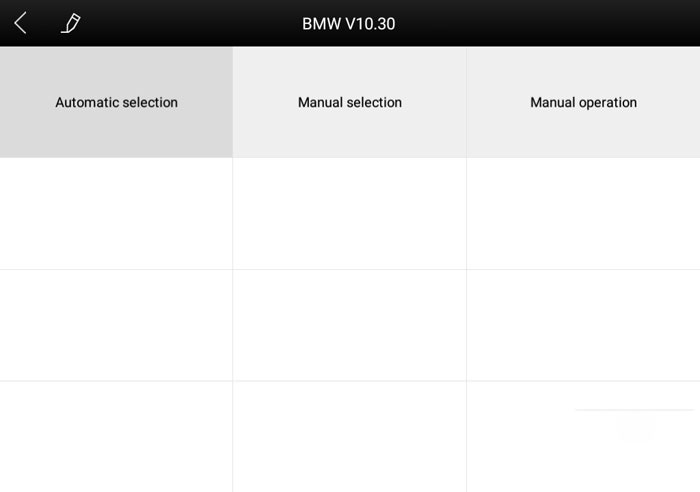
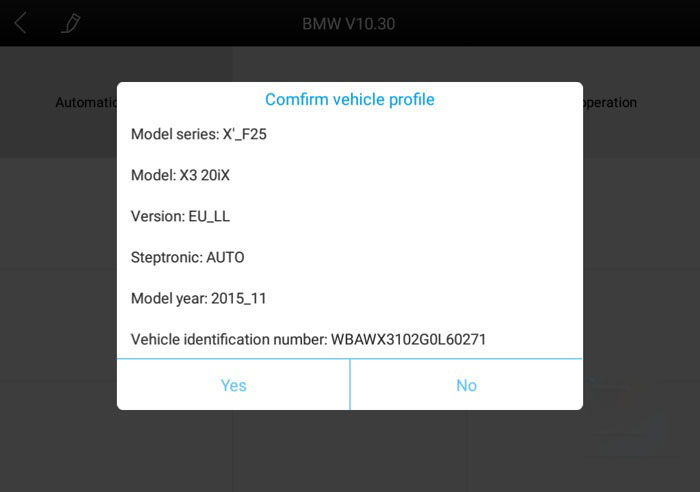


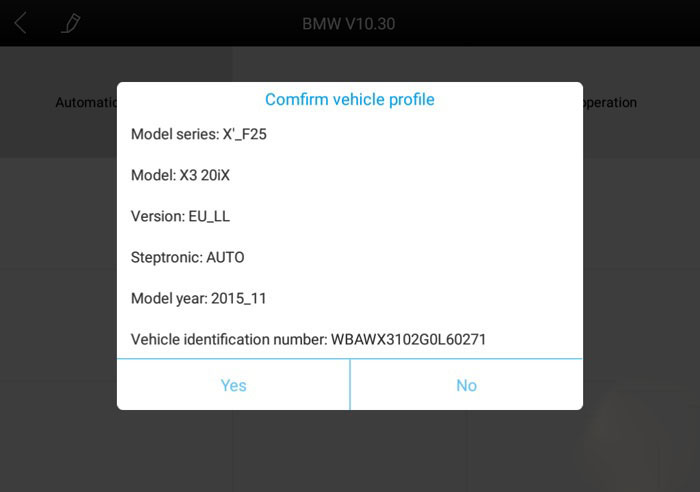
没有评论:
发表评论